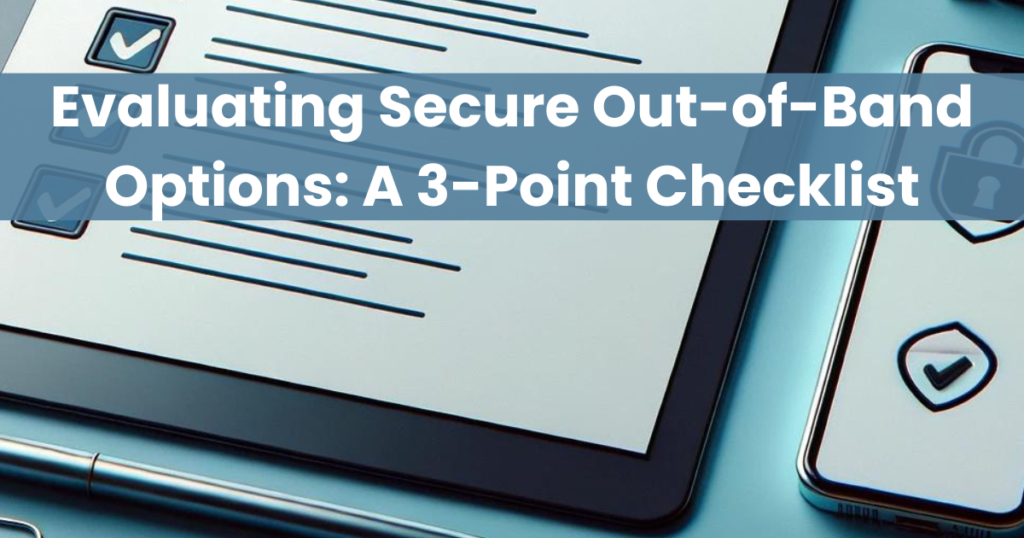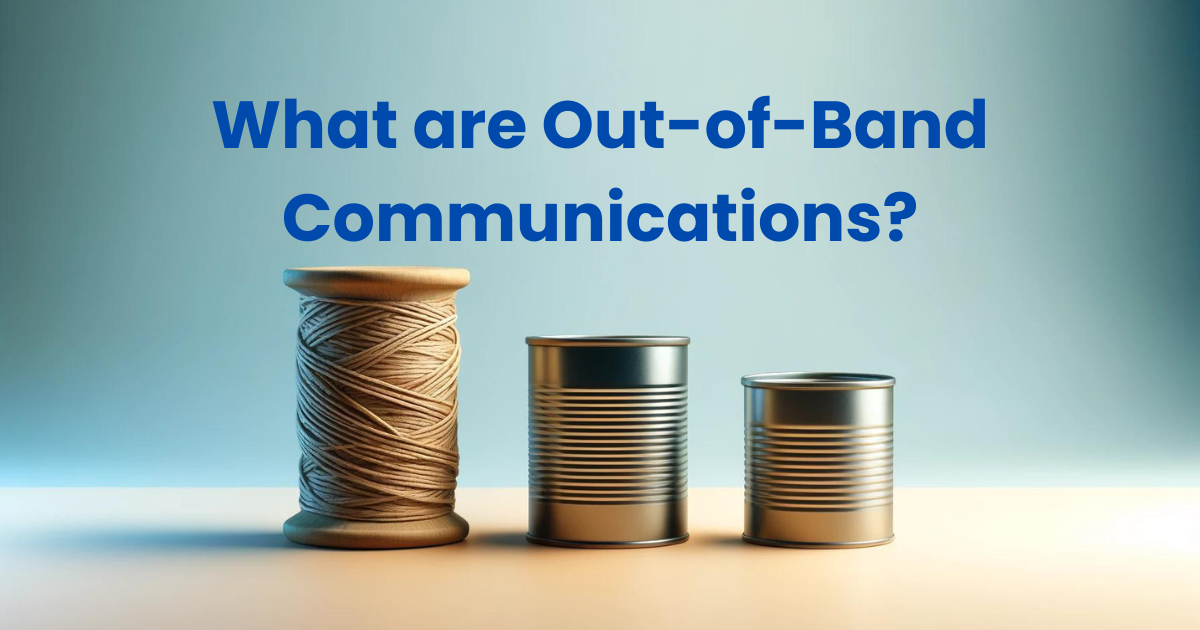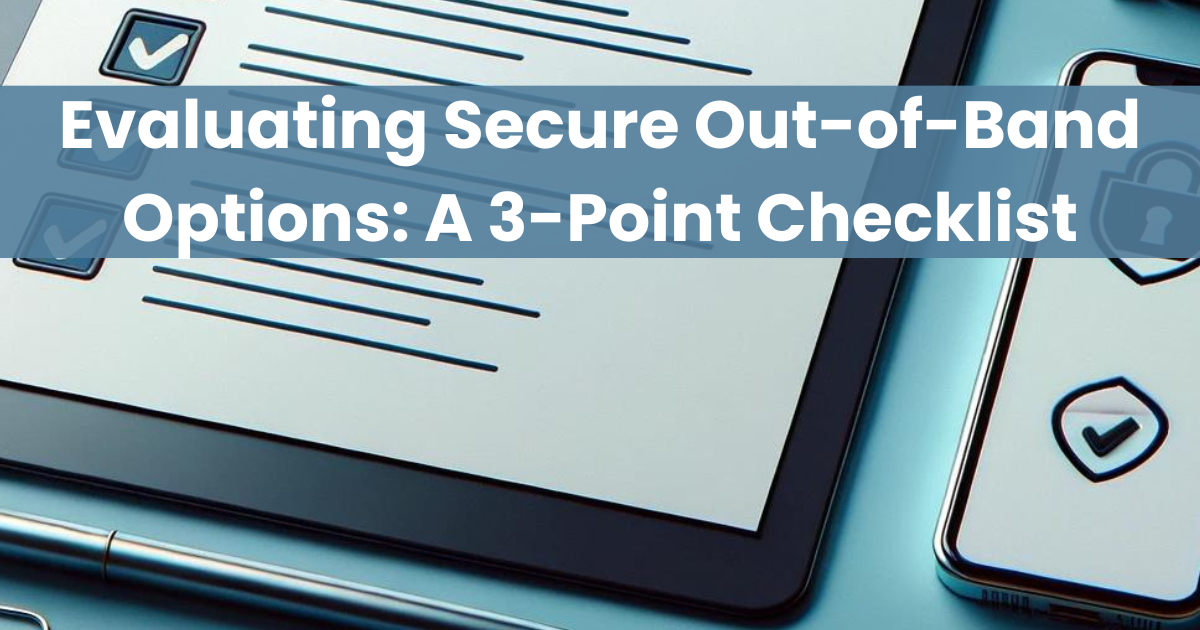Selecting the right Secure Out of Band Collaboration™ (SOOB-C) platform is crucial, and ArmorText has distilled the evaluation process into a focused three-point checklist.
This framework, discussed in our comprehensive presentation Incident Response Essentials: Three Requirements for Secure Out of Band Collaboration and elaborated on by our Director of Growth, Matt Calligan and his teams during tailored demos (book a demo here) was developed alongside critical infrastructure thought leaders and is essential for making an informed decision.
This discussion builds on Out-of-Band Communications vs. Secure Out of Band Collaboration, emphasizing the critical components for evaluating SOOB-C options.
Requirement #1: It must be standalone
A standalone platform ensures that your SOOB-C solution is insulated from the vulnerabilities of your primary communication tools. It should not be a mere replica of existing infrastructure. Key criteria include:
- Independence from current tools and networks to avoid duplication of vulnerabilities.
- No reliance on on-premise components which can be a single point of failure.
- Network-independent functionality to ensure accessibility during network compromises.
Requirement #2: It must be more secure
Enhanced security is a non-negotiable aspect of SOOB-C. The ideal solution must deliver:
- End-to-end encryption (E2EE) that goes beyond the standard encryption-in-transit and at-rest, thwarting potential eavesdroppers.
- Protection against insider threats by limiting access and rights within the system.
- Defenses against third-party breaches, ensuring that external breaches do not compromise internal communications.
Requirement #3: It can’t sacrifice controls
A robust SOOB-C solution cannot forsake governance for the sake of security. It must enable organizations to:
- Implement and enforce user policy controls.
- Meet records retention requirements as stipulated by industry standards and regulations.
- Achieve the above without reintroducing reliance on potentially vulnerable on-premise infrastructure.
How does ArmorText stack up?
Our analysis reveals how ArmorText excels where others fall short. Here’s a glimpse of the insights you’ll gain from our presentation:
- Infrastructure Independence: ArmorText matches the freedom from infrastructure of apps like Signal and WhatsApp, with added enterprise-level capabilities.
- Retention Risks: Apps such as Wickr and Wire, while secure, might reintroduce insider and third-party risks when facilitating storage of real-time exports for retention.
- Inadvertent Exposure: While Teams and Slack excel at user and policy management, they may still be vulnerable to insider threats and could inadvertently feed sensitive data to AI algorithms.
To discover more about these insights and understand why ArmorText Secure Out of Band Collaboration™ is the preferred choice for protecting your enterprise’s most sensitive communications, delve into our presentation Incident Response Essentials: Three Requirements for Secure Out of Band Collaboration.
Next Steps
If you’re ready to take the next step, connect with us for a personalized discussion on how ArmorText can bolster your secure communications strategy and resilience against cyber threats.
Connect with ArmorText today and future-proof your organization’s communications.






